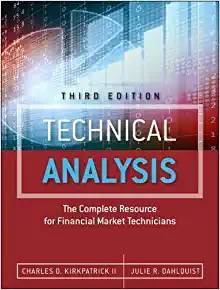Question
Need help with the following problems: Each problem should be presented on a separate, named tab within the submitted Excel file Chapter 6 Problems: 1
Need help with the following problems:Each problem should be presented on a separate, named tab within the submitted Excel file
Chapter 6 Problems:
1. Compute the abnormal rates of return for the following stocks during period t (ignore differential
systematic risk):
StockRi tRmt
B11.5%4.0%
F10.08.5
T14.09.6
C12.015.3
E15.9 12.4
Rit = return for stock i during period t
Rmt = return for the aggregate market during period t
2. Compute the abnormal rates of return for the five stocks in Problem 1 assuming the following
systematic risk measures (betas):
Stocki
B0.95
F1.25
T1.45
C0.70
E0.30
3. Compare the abnormal returns in Problems 1 and 2 and discuss the reason for the difference
in each case.
Chapter 7 problems:
3. The following are the monthly rates of return for Madison Cookies and for Sophie Electric
during a six-month period.
Month Madison CookiesSophie Electric
1 0.040.07
20.06 0.02
3 0.07 0.10
40.12 0.15
50.020.06
60.05 0.02
Compute the following.
a. Average monthly rate of return Ri for each stock
b. Standard deviation of returns for each stock
c. Covariance between the rates of return
d. The correlation coefficient between the rates of return
What level of correlation did you expect? How did your expectations compare with the
computed correlation? Would these two stocks be good choices for diversification? Why
or why not?
7. The following are monthly percentage price changes for four market indexes.
MonthDJIAS&P 500 Russell 2000 Nikkei
10.03 0.02 0.04 0.04
2 0.07 0.06 0.10 0.02
3 0.02 0.01 0.04 0.07
4 0.01 0.030.030.02
5 0.050.040.110.02
6 0.06 0.04 0.08 0.06
Compute the following.
a. Average monthly rate of return for each index
b. Standard deviation for each index
c. Covariance between the rates of return for the following indexes:
DJIAS&P 500
S&P 500Russell 2000
S&P 500Nikkei
Russell 2000Nikkei
d. The correlation coefficients for the same four combinations
e. Using the answers from parts (a), (b), and (d), calculate the expected return and standard
deviation of a portfolio consisting of equal parts of (1) the S&P and the Russell
2000 and (2) the S&P and the Nikkei. Discuss the two portfolios.
Step by Step Solution
There are 3 Steps involved in it
Step: 1

Get Instant Access to Expert-Tailored Solutions
See step-by-step solutions with expert insights and AI powered tools for academic success
Step: 2

Step: 3

Ace Your Homework with AI
Get the answers you need in no time with our AI-driven, step-by-step assistance
Get Started


